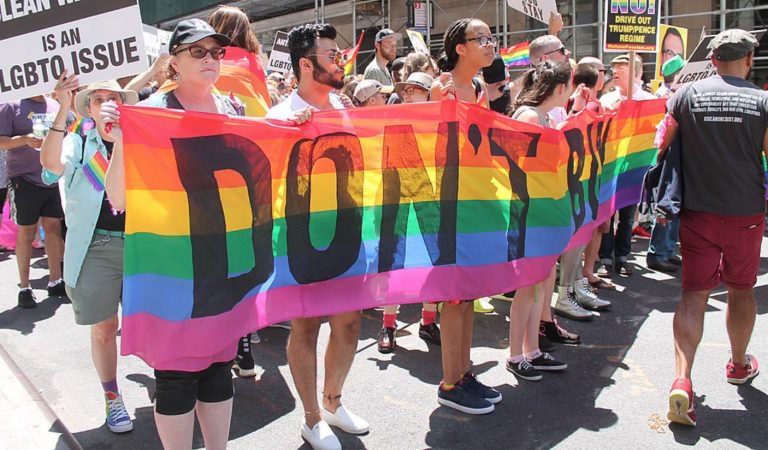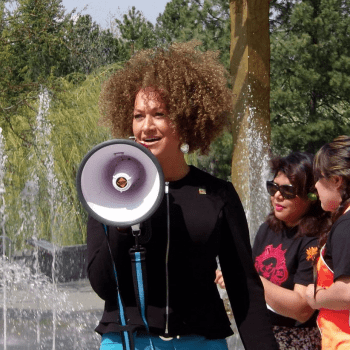
The New York Times has an article that perfectly demonstrates how upside down the world of gender politics really is.
In much of the country, the stereotype that boys do better than girls at math isn’t true – on average, they perform about the same, at least through eighth grade. But there’s a notable exception.
In school districts that are mostly rich, white and suburban, boys are much more likely to outperform girls in math, according to a new study from Stanford researchers, one of the most comprehensive looks at the gender gap in test scores at the school district level.
Got that? So there’s a slight issue with boys outperforming girls in one small segment. The NYT continues:
The study included test scores from the 2008 to 2014 school years for 10,000 of the roughly 12,000 school districts in the United States. In no district do boys, on average, do as well or better than girls in English and language arts. In the average district, girls perform about three-quarters of a grade level ahead of boys.
But in math, there is nearly no gender gap, on average. Girls perform slightly better than boys in about a quarter of districts – particularly those that are predominantly African-American and low-income. Boys do slightly better in the rest – and much better in high-income and mostly white or Asian-American districts.
Did you notice that very, barely mentioned detail related to language? “In no district do boys, on average, do as well or better than girls in English and language arts. In the average district, girls perform about three-quarters of a grade level ahead of boys.”
But the headline screamed about the disparity surrounded girls.
This obvious double standard caused Christina Hoff Sommers to ask, “This New York Times article documents a large reading gap favoring girls and a small math gap that sometimes favors boys. Guess which gap is presented as a big problem?”
This New York Times article documents a large reading gap favoring girls and a small math gap that sometimes favors boys. Guess which gap is presented as a big problem? https://t.co/Fb4drTQ3uA
— Christina Sommers (@CHSommers) June 14, 2018
You probably don’t have to click through to discover the unsurprising answer.
Here’s the hard truth about gender inequity.
Women are over-represented in college admissions. This fall, they will comprise more than 56 percent of students on campuses nationwide. There are 2.2 million more women than men in college, and that’s just undergraduate work. Women earned the majority of doctoral degrees in 2016 for 8th straight year, according to AEI. The same study points out that women also outnumber men in graduate school 135 to 100. Not to mention 75% of all teachers (kindergarten through high school) are female, which is up from about two-thirds thirty years ago. (In the elementary and middle schools, up to 80 percent of teachers in those formational years are female.)
It’s time for people to start caring about children of both genders.
Hat Tip: New York Times
Image Credit: PXHere










